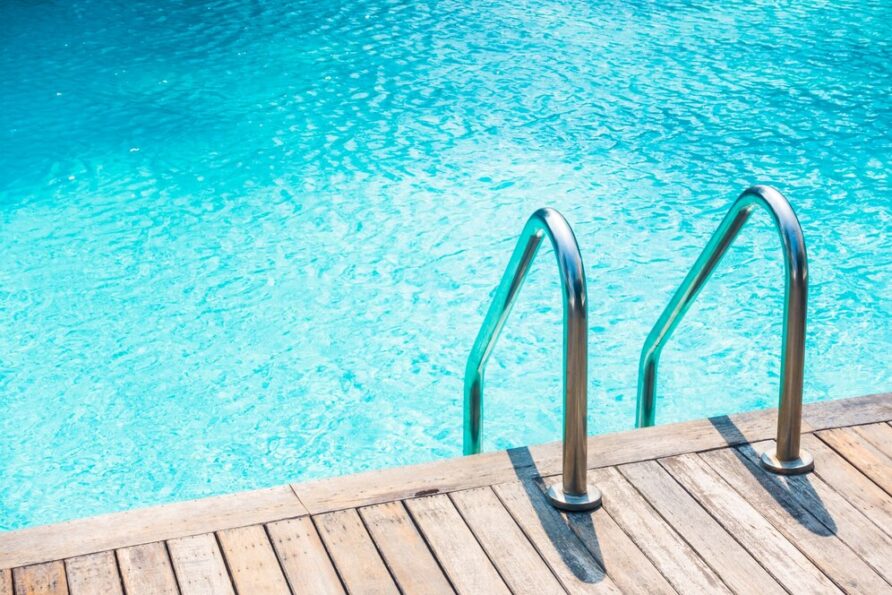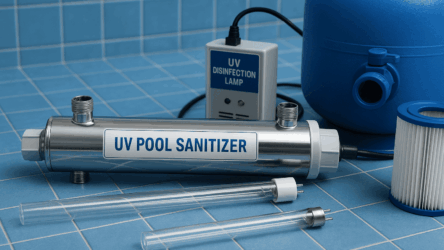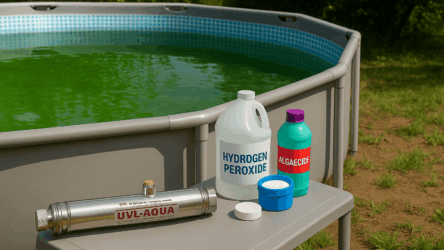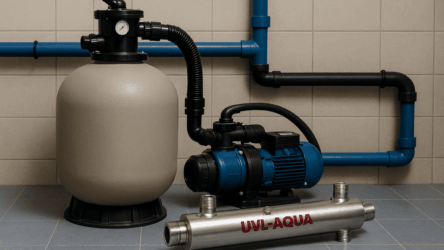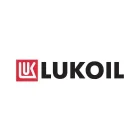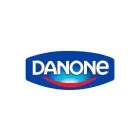The familiar chlorine smell in swimming pools, once considered a sign of cleanliness, has become significantly less noticeable in modern sports and wellness facilities. This improvement is largely due to the integration of ultraviolet disinfection technology, which works alongside traditional chlorination to enhance water quality and swimmer comfort. Understanding how UV treatment interacts with chlorine reveals why this combination is now a gold standard in pool sanitation.
The role of chlorine in pool water treatment
Chlorine-based disinfectants play a vital role in maintaining sanitary conditions in public and sports swimming pools. They effectively neutralize bacteria, viruses, and other pathogens, preventing disease transmission—especially in high-traffic pools, where water treatment systems must operate at peak efficiency.
However, chlorine’s effectiveness depends heavily on pH balance. At a pH level of 7.0, chlorine’s disinfectant properties are nearly three times stronger than at pH 8.0. Maintaining the correct pH range is therefore crucial for optimal water sanitation.
What causes strong chlorine odors and irritation in pools?
Contrary to popular belief, the strong chlorine smell and eye or skin irritation commonly associated with pool water are not caused by chlorine itself but by chloramines. These byproducts form when free chlorine reacts with ammonia-based compounds introduced into the water through sweat, body oils, and other organic matter from swimmers.
Chloramines:
- Reduce chlorine's disinfecting power
- Cause eye and skin irritation
- Create strong, unpleasant odors in the pool and surrounding air
Since chloramines are volatile, they accumulate in the air above the water’s surface, worsening indoor air quality in enclosed swimming facilities.
How ultraviolet technology enhances pool water treatment
Ultraviolet (UV) disinfection breaks down chloramines, preventing their accumulation in the water and air. UV radiation disrupts the molecular structure of chloramines, neutralizing them and reducing associated odors and irritations.
UV disinfection systems operate at specific wavelengths to target different types of chloramines:
- 254 nm wavelength – Ideal for breaking down monochloramine, commonly used in low-pressure UV systems such as UVL pool disinfection units.
- Medium-pressure UV systems (emitting up to 400 nm) – Required to degrade more complex trichloramines, which contribute significantly to the strong chlorine smell.
Unlike chlorine, UV does not alter the chemical composition of the water. This ensures a safe, effective, and eco-friendly sanitation process that reduces chlorine-related issues while maintaining hygienic swimming conditions.
Achieving the perfect balance: UV and chlorine synergy
By integrating UV disinfection, pools can significantly reduce chlorine concentrations while still maintaining safe sanitation levels. According to sanitary guidelines, pools using UV systems can lower free chlorine levels from 0.3–0.5 mg/L to 0.1–0.3 mg/L, improving water quality and reducing chemical exposure.
However, completely eliminating chlorine is not an option. While UV effectively neutralizes microorganisms as water circulates through the disinfection unit, chlorine ensures continuous protection throughout the entire pool. This combination creates a two-tiered sanitation system:
- UV provides immediate pathogen inactivation upon water circulation.
- Chlorine maintains a residual disinfectant effect to prevent microbial regrowth.
This approach improves swimmer comfort, reduces chemical costs, and enhances overall water clarity and safety.
Conclusion
The combination of UV and chlorine is the ideal approach for modern pool sanitation. By integrating UV disinfection, facilities can:
- Reduce chlorine odors
- Eliminate chloramine-related irritation
- Enhance water and air quality
- Lower chemical consumption while maintaining high disinfection efficiency
As a result, UV disinfection has become an essential component in modern swimming pool water treatment strategies, delivering healthier, safer, and more enjoyable swimming experiences for all users.

